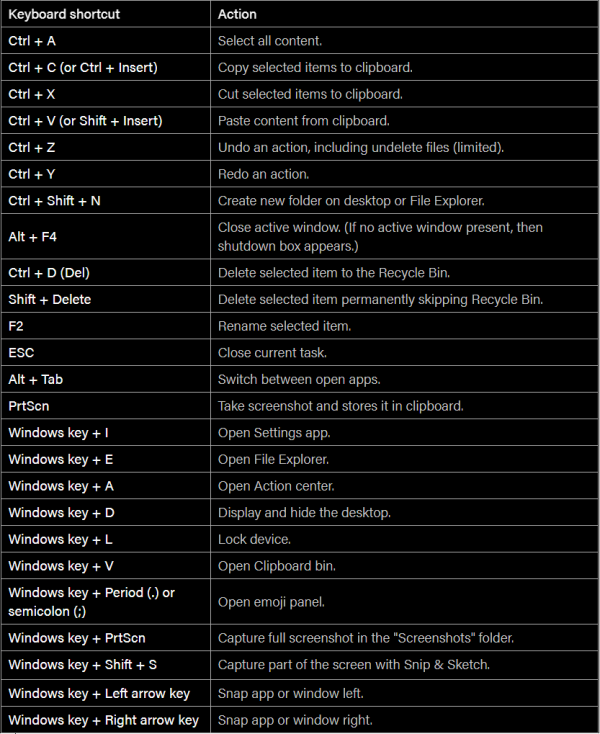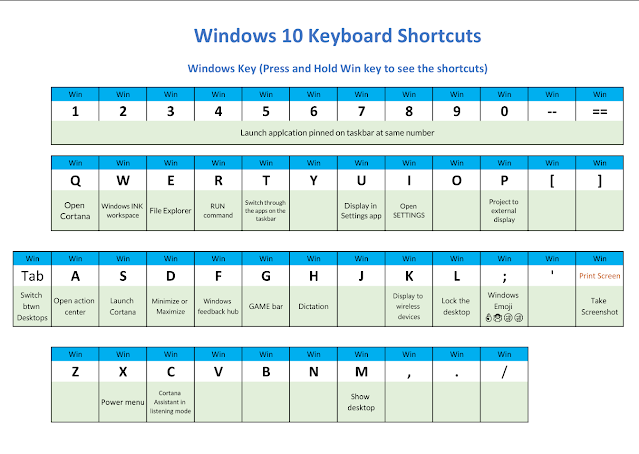

If you’re looking for a better way to bring your remote editing team closer together and collaborate more efficiently from a distance, check out Evercast. Now, you can create the perfectly personalized keyboard shortcuts that will help you fly through development and be able to remain focused on unleashing your creativity. Step 2: From the menu that appears, select “reset to default” or “remove shortcut” to either reset the key to its default shortcut assignment or remove the shortcut entirely. Step 1: Right-click the key you want to unassign or reset. If you would like to add a modifier key to the command, such as Shift or Option, hold that key or keys down while dragging and dropping the command to the keyboard. Step 3: If you would like to assign an action to a single key, select that command from the command menu and drag and drop it to the key you would like to assign it to.

So you want to be careful to keep track of which commands are global and which are contextual when changing and customizing shortcuts. Something to keep in mind when editing global and contextual commands is that they can create shortcut conflicts. Contextual commands are linked to a certain view or toolset for example, they only work when you are in the Animation window.This means that, for example, whenever you press certain keys linked to the global command for “Undo,” it will always undo the previous action regardless of what windows or tools are currently active. Global commands are commands that are always available.Now, you want to choose whether you want to make a command “global” or “contextual.” Step 2: You will now get a pop-up window that shows a keyboard layout and commands that are organized by category. For Mac, go to "Unity," then select "Shortcuts.".For Windows, go to "Edit," then select "Shortcuts.".Step 1: Locate the Shortcuts Manager in Unity’s main menu.

Thankfully, Resolve makes it easy to do that by allowing you to reassign new shortcuts and hotkeys to tools or actions.įollow these steps to add or change your shortcuts and hotkeys in Unity: While these pre-built shortcuts may work for most developers, you may want to alter your workspace to make them more adaptive to their work style. This is a non-exhaustive list of some of the handiest keyboard shortcuts in Unity that will help you design and develop faster and more efficiently.

Unity has many shortcuts that are “baked-in” to the software, but you can create and customize your own shortcuts to work seamlessly with your workflow.įirst, we’ll outline some of the default shortcuts within Unity, then show you how you can create your own.
UNUSED KEYBOARD SHORTCUTS WINDOWS 10 SOFTWARE
Shortcuts are key combinations that are linked to certain tools or actions in whatever software you may be using. This is a non-exhaustive list of some of the handiest keyboard shortcuts in Davinci Resolve that will speed up your editing sessions and get you to a stunning final product faster than ever before. In this guide, we’re going to use hotkeys to mean single-key commands that you can use to switch effortlessly between different tools or actions within Unity. “Hotkeys” are keys or combinations of keys on a keyboard that are linked to certain commands within a program or platform. In this post, we’ll help you get familiar with hotkeys and shortcuts that can help improve your productivity while using Unity. However, many growing developers are not maximizing their potential for speed and efficiency. This also works with the tool windows at the bottom, using the up or down arrows to stretch the window up or down.Unity, by design, helps developers create cross-platform content fast. Go to the relevant window, and use ⌃ ⌥ ← or ⌃ ⌥ → (on Mac) or Control+Alt+Shift+Left or Control+Alt+Shift+Right (on Windows/Linux) to stretch the window left or right. You can also use keyboard shortcuts to stretch the active window. To open or close the Debug Tool Window use ⌘5( on Mac) or Alt+5 (on Windows/Linux).To open or close the Run Tool Window use ⌘4( on Mac) or Alt+4 (on Windows/Linux).To open or close the Git Tool Window use ⌘9( on Mac) or Alt+4 (on Windows/Linux).To open or close the Terminal Tool Window use Alt+F12.To open or close the Commit Tool Window use ⌘0 (on Mac) or Alt+0 (on Windows/Linux).To open or close the Project Tool Window use ⌘1 (on Mac) or Alt+1 (on Windows/Linux).Here are the shortcuts to some of the most used windows: We can always reopen them using shortcuts. Use Command + Shift + F12 (on Mac) or Control+Shift+F12 (on Windows/Linux) to hide all tool windows.
UNUSED KEYBOARD SHORTCUTS WINDOWS 10 CODE
We recommend closing all unused windows so we can focus on the code we're looking at.


 0 kommentar(er)
0 kommentar(er)
